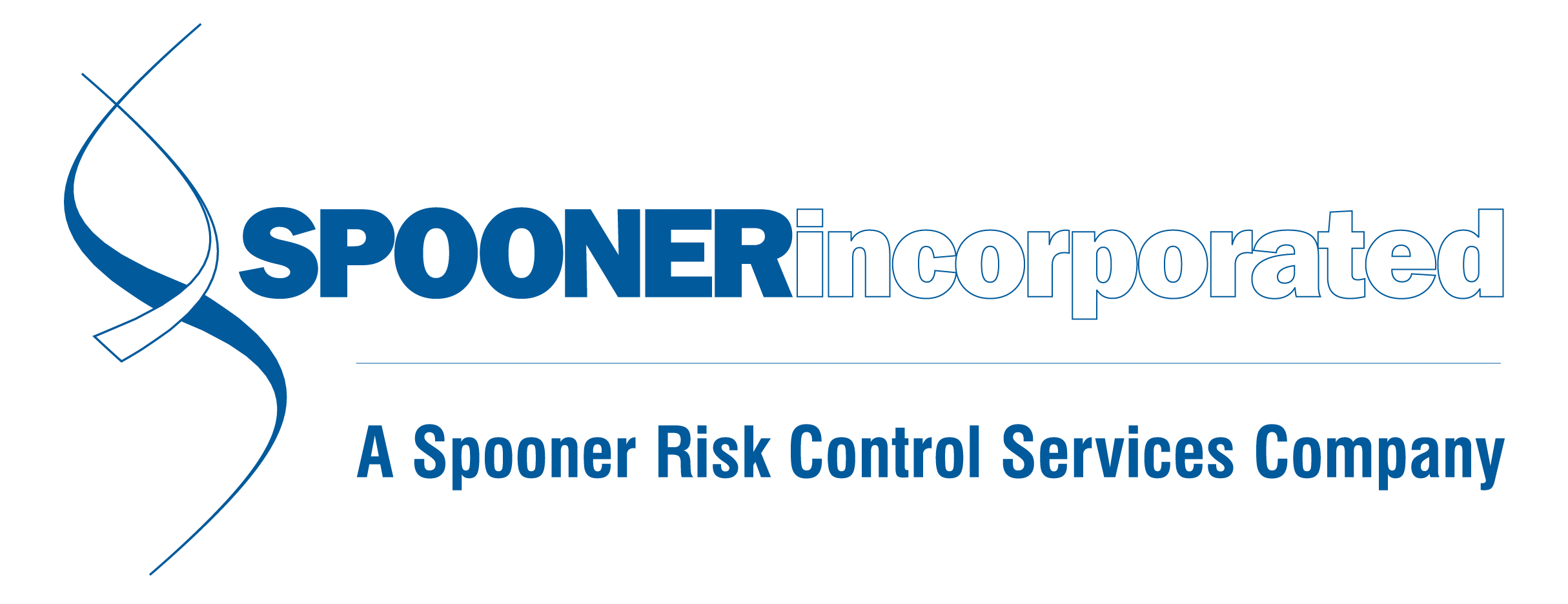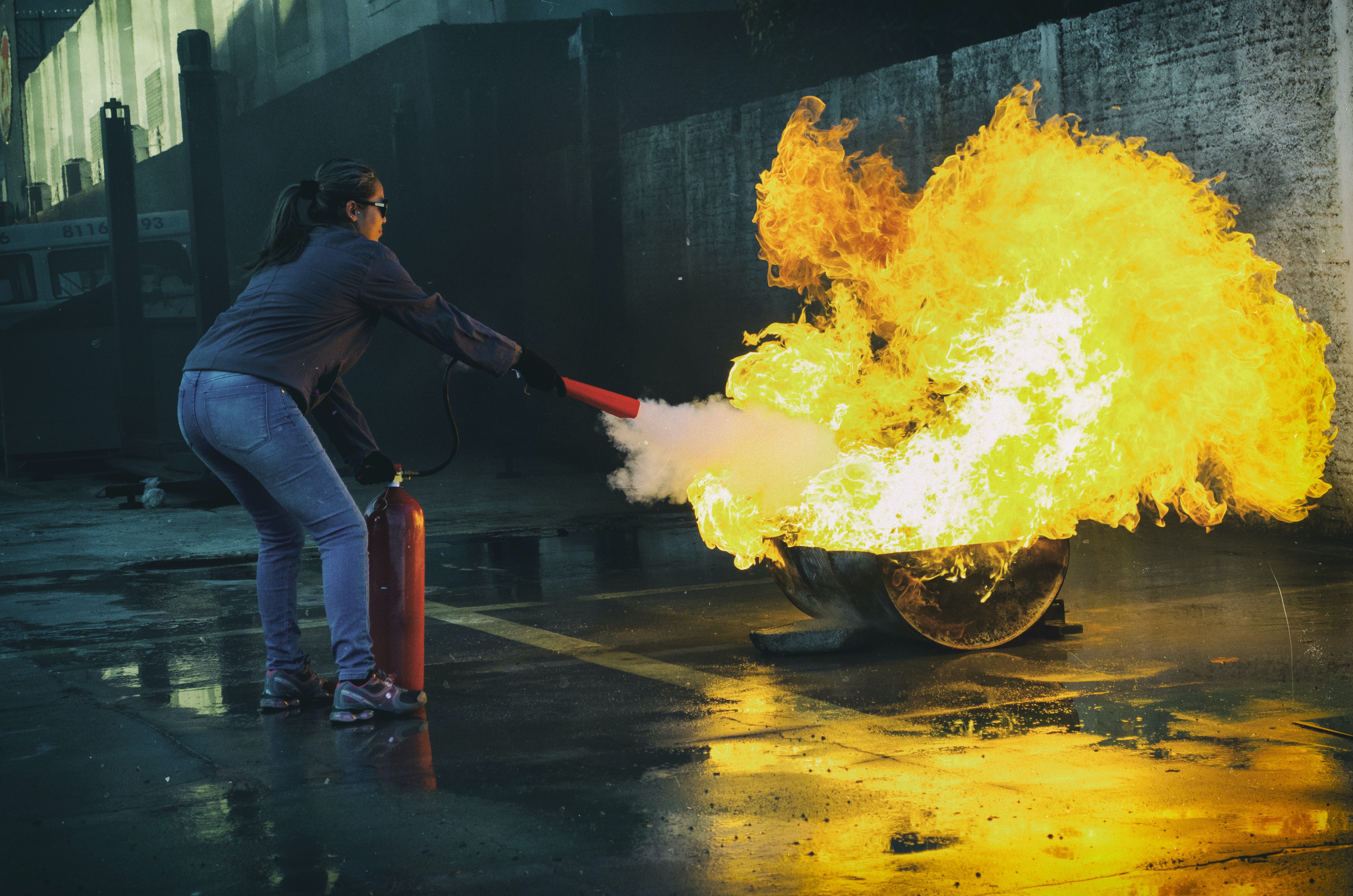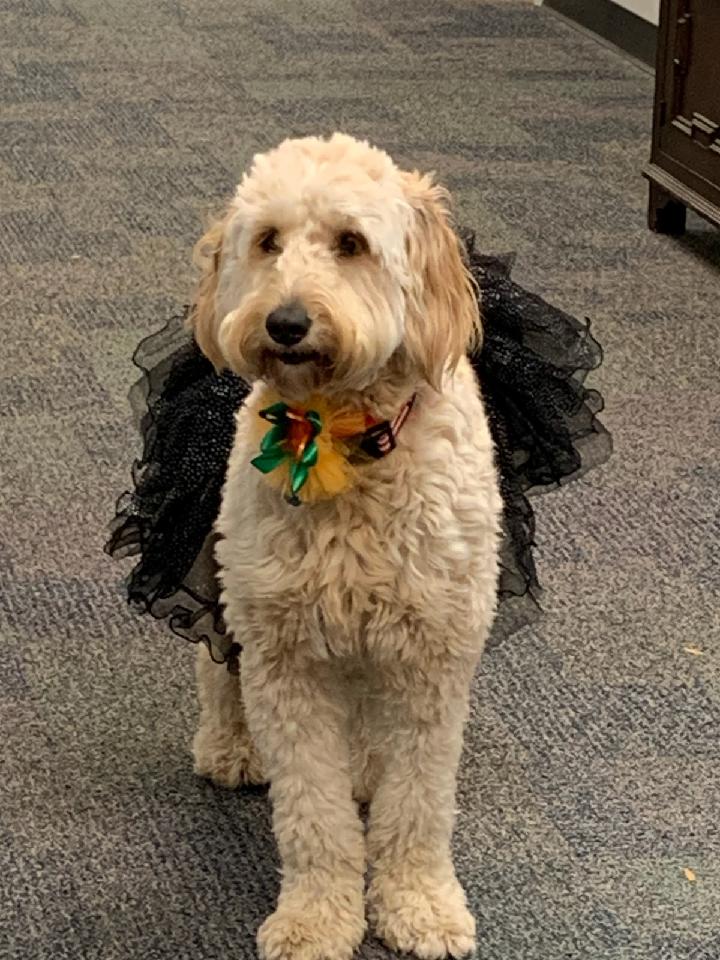News and Updates
Month: October 2022
Under 30 Days to Enroll in Group Rating!
We understand that the businesses we serve are dealing with a lot right now - recruiting, attrition, staffing shortages, shipping delays and increasing costs on everything from benefits to raw materials. We can’t fix all of those problems for you, but we can make the process of saving money on BWC premiums a lot easier than it’s been in the past. Instead of completing hardcopies and mailing or emailing them to us, Spooner clients that completed Group Rating forms with us last year (and would like to remain in that program) can now complete their Group Rating renewal on our website. If we have any questions or concerns about your answers, we’ll reach out to the person that completed the form. Enrollment ends on 11/11! If you're not a Spooner client and would like us to provide your comany a quote on Group Rating, click the "Free Quote" link at the top of our page, and complete the form by
Safety software Designed by a Safety Professional
Since Spooner is involved in the safety programs of several of our client employers, we encourage clients to find a method of tracking data that works for them. If we’re not learning from historical trends and using available data to prevent future incidents, then why record it all (aside from OSHA, of course)? When a decision maker at one of our clients moves on to a new opportunity, they often bring Spooner with them. Many of them go on a similar role elsewhere, but sometimes they move on to become innovators and create solutions that we think would be valuable to our clients. The Spooner team had the pleasure of working with Valerie Morris as Vice President of Safety & Risk Management at both Aetna Integrated Services and Atalian Global Services. Following her time there, she worked with colleague Chris Bellamy to design a safety software that would meet all of the needs of safety professionals. The Building Effective Safety Teams (B.E.S.T.) ™ Program includes key elements like training capabilities, gap analysis, recordkeeping and customization options. Like most software intended for company-wide use, different administrator levels can be assigned to ensure sensitive data remains private. The B.E.S.T. Program was designed to help build cultural change in the way safety is viewed within your organization. It allows team members at all levels to engage in risk management, and puts everyone on the same page in terms of expectations and safety culture.
Tips for National Fire Safety Month
Did you know that October is National Fire Safety month? This is a great time for businesses to revisit their workplace fire safety plans, as well as any other Emergency Action Plans. Based on data from the Bureau of Labor Statistics, over 125 deaths occur on average each year from workplace fires – many of which can be prevented from regular reviews, maintenance and inspections. Minimizing workplace fire hazards is the first step in preventing fires – so how do you recognize these issues? Report any electrical hazard you see, such as faulty or bad wiring. Frayed or damaged electrical cords, as well as damaged electrical outlets/receptacles are a common reason for fires to start. Ensure that flammables are stored properly. If your company uses or facilitates flammables, they must be stored in a flammables cabinet, and inspected regularly. Regularly inspect fire-prone areas like employee break rooms, electrical storage or server rooms, and laboratories/areas where flammables or chemicals are stored. Reviewing your emergency plans, exit routes, and drills to look for “holes” in your system or plans. Properly maintaining your fire suppression system, extinguishers, and providing employee training on fire safety. Most offices or workplaces utilize ABC fire extinguishers, which can extinguish ordinary combustibles, flammable liquids, and energized electrical equipment. Knowing how to properly use fire extinguishers is important, following
Spooky, but Safe!
Lily Spooner, taking a break from her coven duties to see who has treats. It’s close to midnight, and something evil’s lurking in the…break room? There’s no time of year quite like Halloween to turn up the fun at work. Carry-ins, costume contests, decorations, and candy can bring even the more introverted employees out of their shells. The same environment can also work Halloween-lovers into a lather with complicated costumes, pranks and jump scares. Believe it or not, Halloween hijinks in the workplace have resulted in quite a few workers’ comp claims. The staff at Spooner loves a good spooky time, so we’ll share some tips that will allow you to keep the festivities going – and keep them safe. Costumes There’s always at least one person who’s worked on their costume for weeks and can’t wait to debut it for the contest at work. If you’re planning on allowing employees to wear costumes to work, you may want to lay a few ground rules ahead of time. Loose/flowy (dresses, sleeves, capes, etc.) – Anything below ankle length is likely to get stepped on or caught on something, even in an office environment. Long, flowy sleeves or loose fabric is even more dangerous in an industrial setting, where it could get caught in machinery. Bulky costumes – Everyone gets a kick out of the T-rex costume until things start getting knocked over. Better to save these costumes for passing out candy





